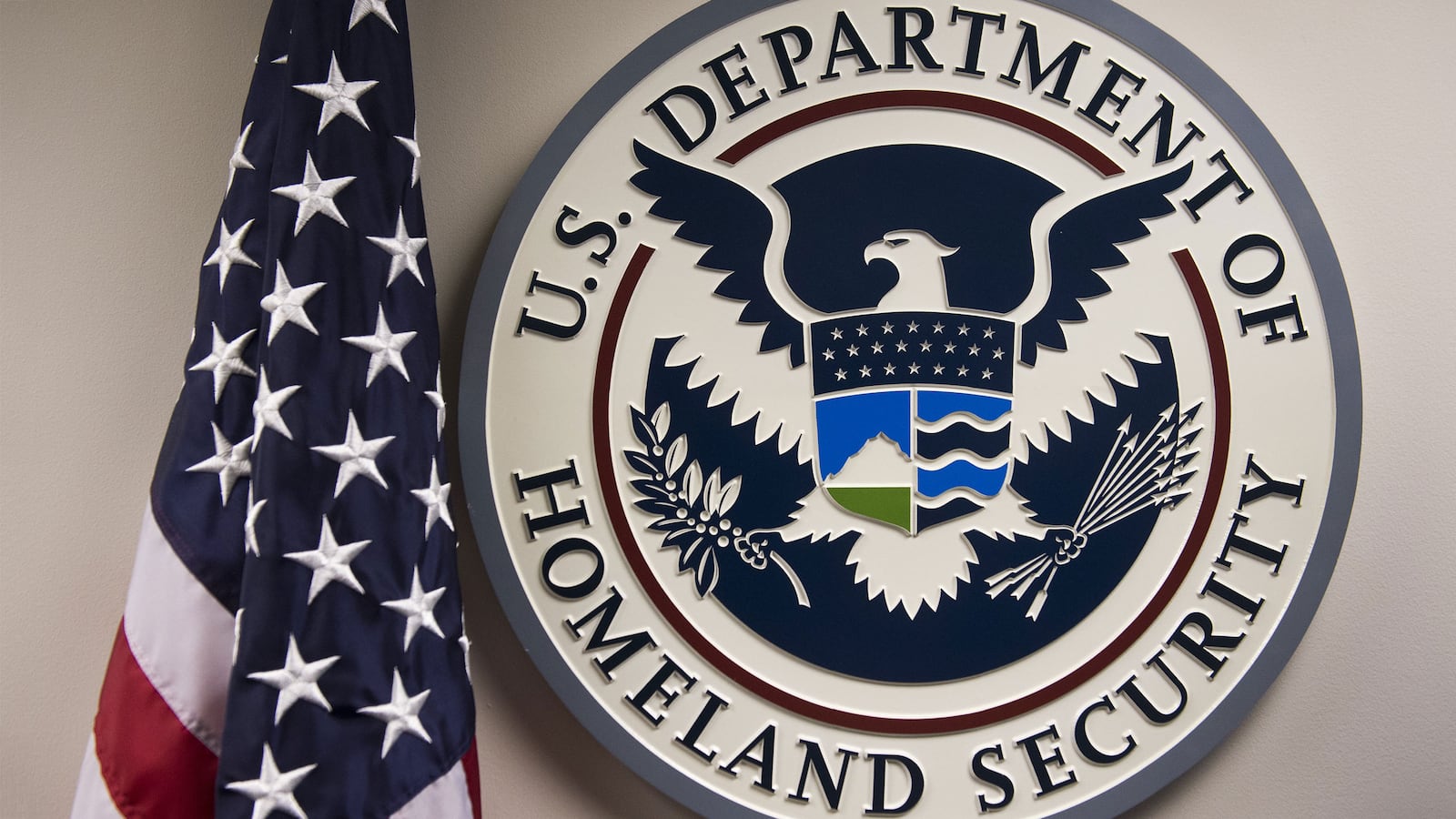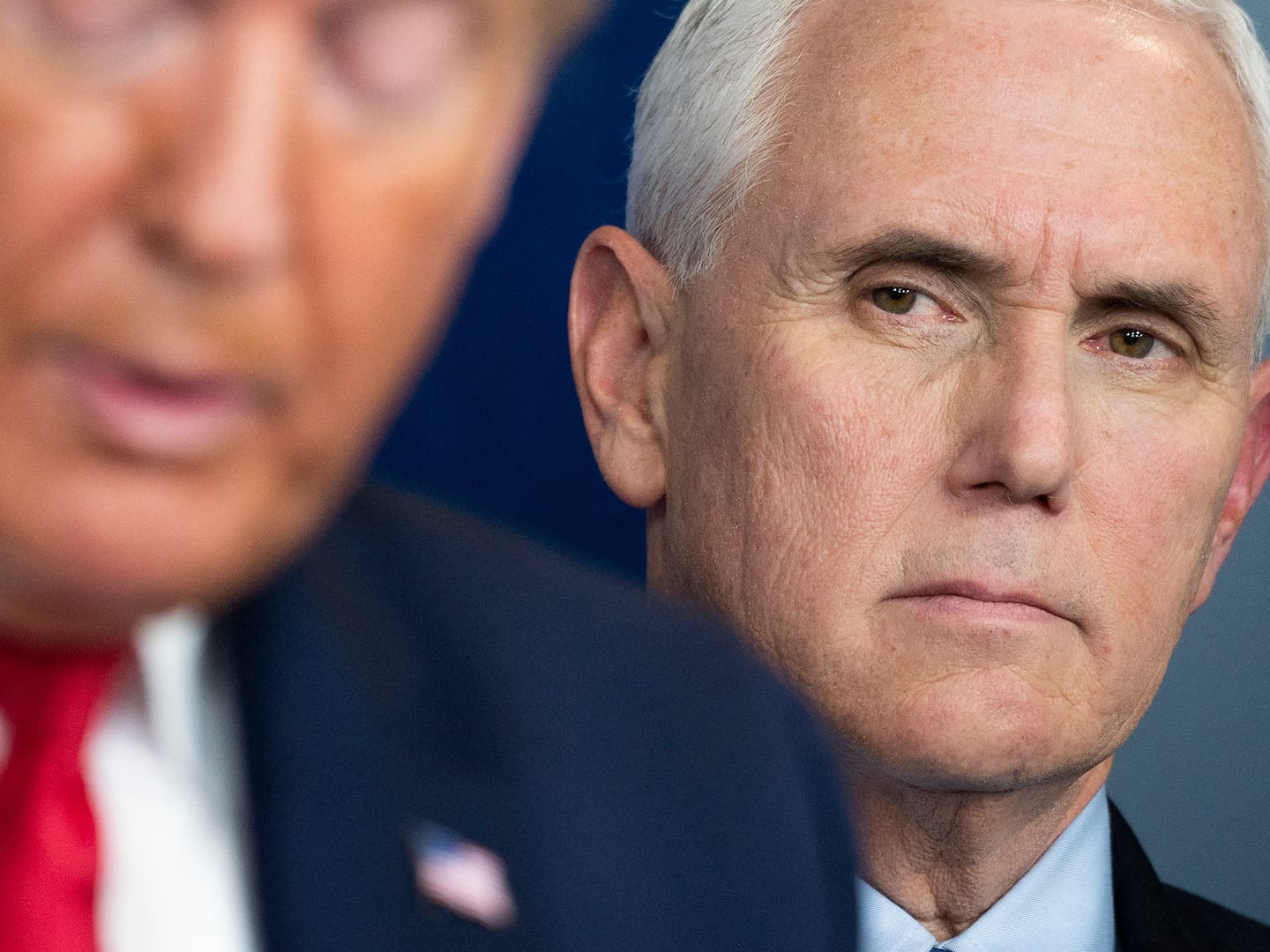A Department of Homeland Security (DHS) fact sheet meant to highlight terrorism concerns at the southern border violates federal laws on government data integrity, according to legal-rights groups that recently got the Trump administration to admit a similar effort conflating terrorism and immigration was seriously flawed.
“[T]he Department distorts the facts to create the false impression that terrorists are flooding across the Southwest Border,” Democracy Forward, Muslim Advocates and the Refugee and Immigrant Center for Education and Legal Services (RAICES) wrote Thursday to DHS denouncing a document it says is intended “to support calls for extreme and unnecessary border security measures.”
The three groups accuse DHS of violating the Information Quality Act (IQA), a relatively obscure law meant to ensure the reliability of information released by the government, and requested DHS correct or update its fact sheet within 60 days. If not, they say, they’ll consider taking the administration to court, an approach that recently paid dividends for two of those groups on the exact same issue.
“DHS is pushing these false facts and misleading narratives to try to get the President out of a political jam of his own making, but by presenting misinformation to the public, they are breaking the law,” said Anne Harkavy, Democracy Forward’s executive director. “Every time the Trump administration twists the facts to solve its political problems, it makes it harder and harder for people to trust the information they get from the agencies charged with keeping us safe.”
On Monday, days after Trump administration officials faced withering criticism for inaccurately saying that thousands of potential terrorists routinely crossed the southern border, DHS released a fact sheet it said was meant to dispel misunderstandings about “known and suspected terrorists” and “special interest aliens.” But while the fact sheet gestured at disaggregating two different concepts, the groups say DHS again blurred the distinction “to trick the public into believing that thousands of terrorists are streaming across the Southwest Border.”
“The threat is real,” DHS fact sheet claims in one of its top bullet points. “The number of terror-watchlisted individuals encountered at our Southern Border has increased over the last two years. The exact number is sensitive and details about these cases are extremely sensitive.”
Yet according to DHS’ own statistics—which are not classified, despite DHS claiming they’re “sensitive”—reported by NBC News, a grand total of six watchlisted immigrants were stopped while crossing the southern border in the six months between October 2017 and March 2018. Being on one of the government’s broad watchlists by no means means someone’s a terrorist; it can mean they share the same name as a terrorist suspect.
Similarly, DHS’ fact sheet devotes significant space to distinguishing between terrorism suspects and “special interest aliens.” But it says that amongst the reasons the government flags someone as a special interest alien is travel or behavior patterns that indicate “a possible nexus to nefarious activity (including terrorism),” and later says that some special interest aliens “are found to have links to terrorism after additional investigative work.” Contrasting its own behavior with that of unspecified “some media,” the fact sheet claims “DHS has never indicated that the SIA designation means more than that.”
But Kirstjen Nielsen, the DHS secretary, indicated precisely that three days before the fact sheet’s release. Border agents, Nielsen said on Jan. 4, have “stopped over 3,000, what we call, special-interest aliens trying to come into the country on the southern border,” people who “either have travel patterns that are identified as terrorist travel patterns, or they have known or suspected ties to terrorism.”
The fact sheet ends by saying that “the bottom line is that significant numbers of threat actors have attempted, and continue to attempt, to enter the United States surreptitiously and without authority.” Suddenly, a fact sheet seemingly devoted to distinguishing “known and suspected terrorists” from “special interest aliens” is talking about a nebulous category called “threat actors,” and is no longer talking about the southern border, but attempts “to enter the United States” generally. The groups said the “ambiguous phrasing [creates] an impression of the purported terrorist threat at odds with the facts.”
Two of those groups have found the Information Quality Act fruitful before.
Last year, to support Trump’s Muslim-focused travel ban, the Justice Department and DHS issued a report misleadingly asserting that foreign-born people are responsible for the vast majority of terrorism on U.S. soil, although in truth, domestic terrorism is overwhelmingly committed by native-born Americans. Using the IQA Muslim Advocates and Democracy Forward took the administration to court to get the report corrected. On Dec. 21, the administration admitted the report was flawed—but declined to correct it.
DHS did not respond to press inquiries before deadline.
“The new fact sheet is yet another example of this administration's insistence on distorting the facts to create the false impression that immigrants are a threat,” said Sirine Shebaya, a senior staff attorney with Muslim Advocates. “But the data does not support this conclusion, as both advocates and national security experts have explained. The administration has an obligation to the public to stop spreading lies and to tell the American people the truth: the Southern Border is not in need of a wall, because there is no data that bears out the conclusions the administration is trying to push.”







